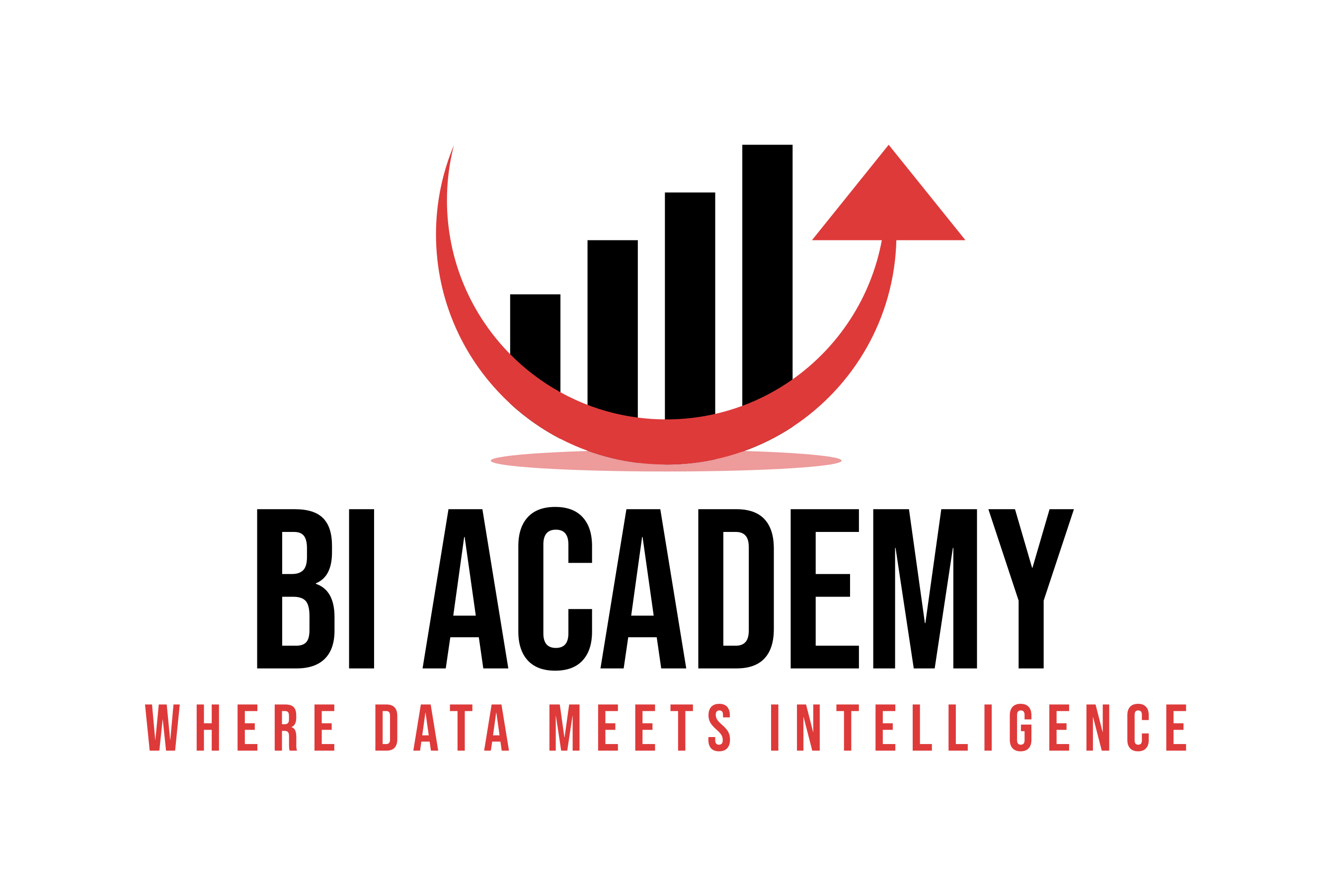Process mining is transforming the way businesses analyze and improve their workflows. By leveraging event logs from IT systems, companies can gain deep insights into their operations, identify inefficiencies, and optimize performance. But did you know there are three distinct types of process mining? Each serves a unique purpose and provides different insights.
In this post, we’ll break down the three types of process mining: discovery, conformance, and enhancement—explaining what they are, how they work, and why they matter for business intelligence and process optimization.
1. Discovery Process Mining
What is it?
Discovery process mining is the foundational step in process analysis. It involves extracting event logs from IT systems and using them to automatically generate a process model—without any prior assumptions.
Why is it important?
- Helps organizations visualize how processes actually work versus how they are designed to work.
- Identifies bottlenecks, inefficiencies, and deviations from best practices.
- Provides a data-driven starting point for process optimization efforts.
Real-World Example
A retail company uses discovery process mining to analyze its order-to-cash process. The analysis reveals that certain orders take significantly longer due to unnecessary approval steps. By streamlining these steps, the company reduces order processing time by 30%.
2. Conformance Checking
What is it?
Conformance process mining compares real-life processes to predefined models. It checks whether the actual execution of a process aligns with the expected workflow and identifies deviations.
Why is it important?
- Ensures compliance with regulations and internal policies.
- Detects process variations that may lead to inefficiencies or fraud.
- Helps businesses maintain quality control and standardization.
Real-World Example
A healthcare provider analyzes its patient discharge process using conformance checking. The results show that 30% of discharges do not follow the standard procedure, leading to increased patient wait times. By enforcing compliance, they improve patient experience and operational efficiency.
3. Enhancement
What is it?
Enhancement process mining goes beyond analysis—it improves existing processes by incorporating new insights from real-world data.
Why is it important?
- Helps businesses optimize workflows using real-time data.
- Supports continuous improvement efforts.
- Enables predictive analytics by leveraging past process data to forecast future outcomes.
Real-World Example
A logistics company applies enhancement process mining to its delivery operations. By analyzing route efficiency and delivery times, they adjust their logistics model, reducing late deliveries by 25%.
Why Process Mining is a Game-Changer
Process mining is essential for data-driven decision-making in business intelligence. It helps companies: ✅ Improve operational efficiency
✅ Identify and eliminate bottlenecks
✅ Enhance compliance and reduce risks
✅ Make smarter, data-backed strategic decisions
Final Thoughts
Understanding and leveraging the three types of process mining—discovery, conformance, and enhancement—can significantly transform business operations. Whether you’re looking to uncover inefficiencies, ensure compliance, or optimize workflows, process mining provides the insights you need.
🚀 Want to learn more? Check out my latest video where I break down these concepts visually and show real-world applications!
📌 Follow me for more insights on process mining, business intelligence, and data analytics!

